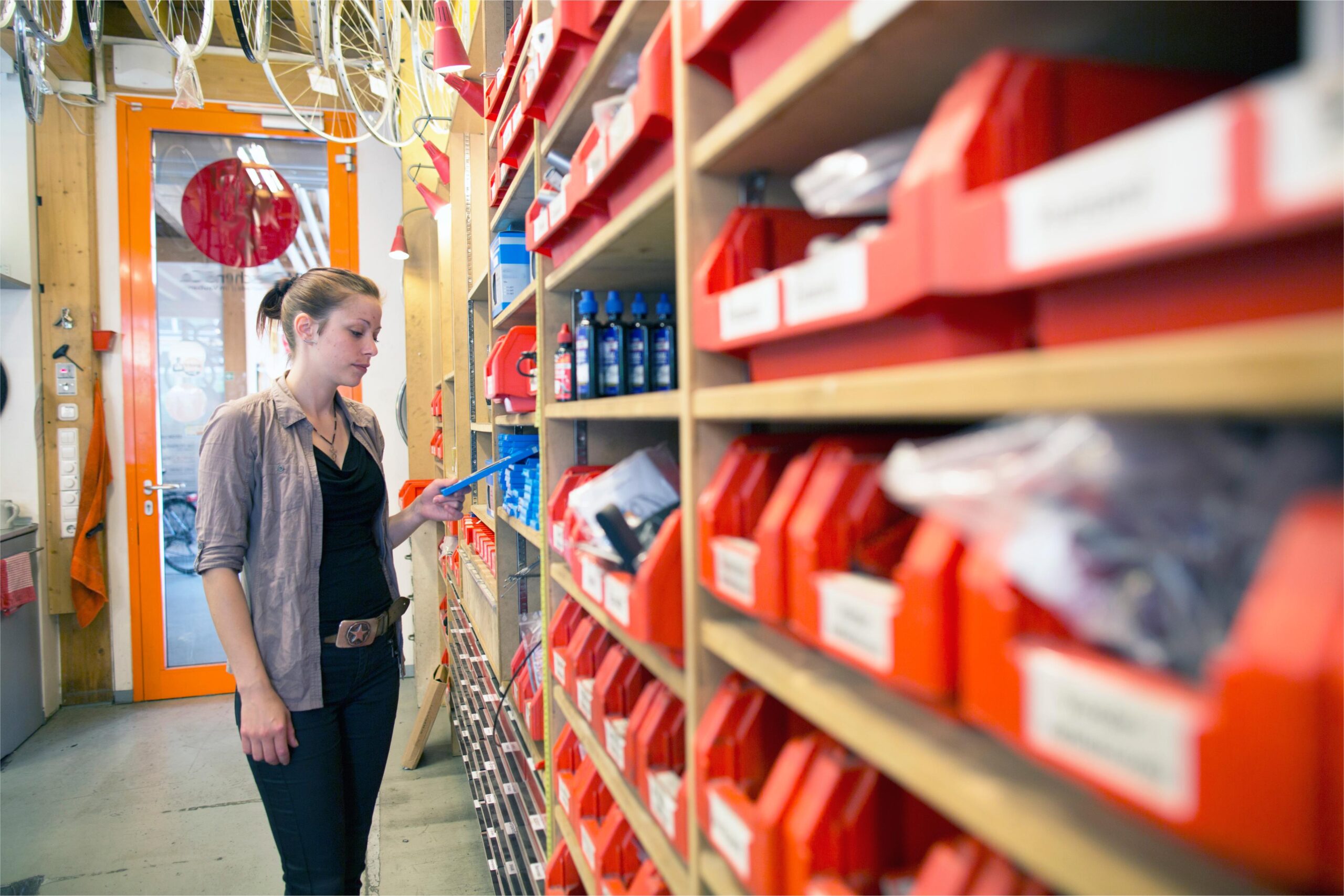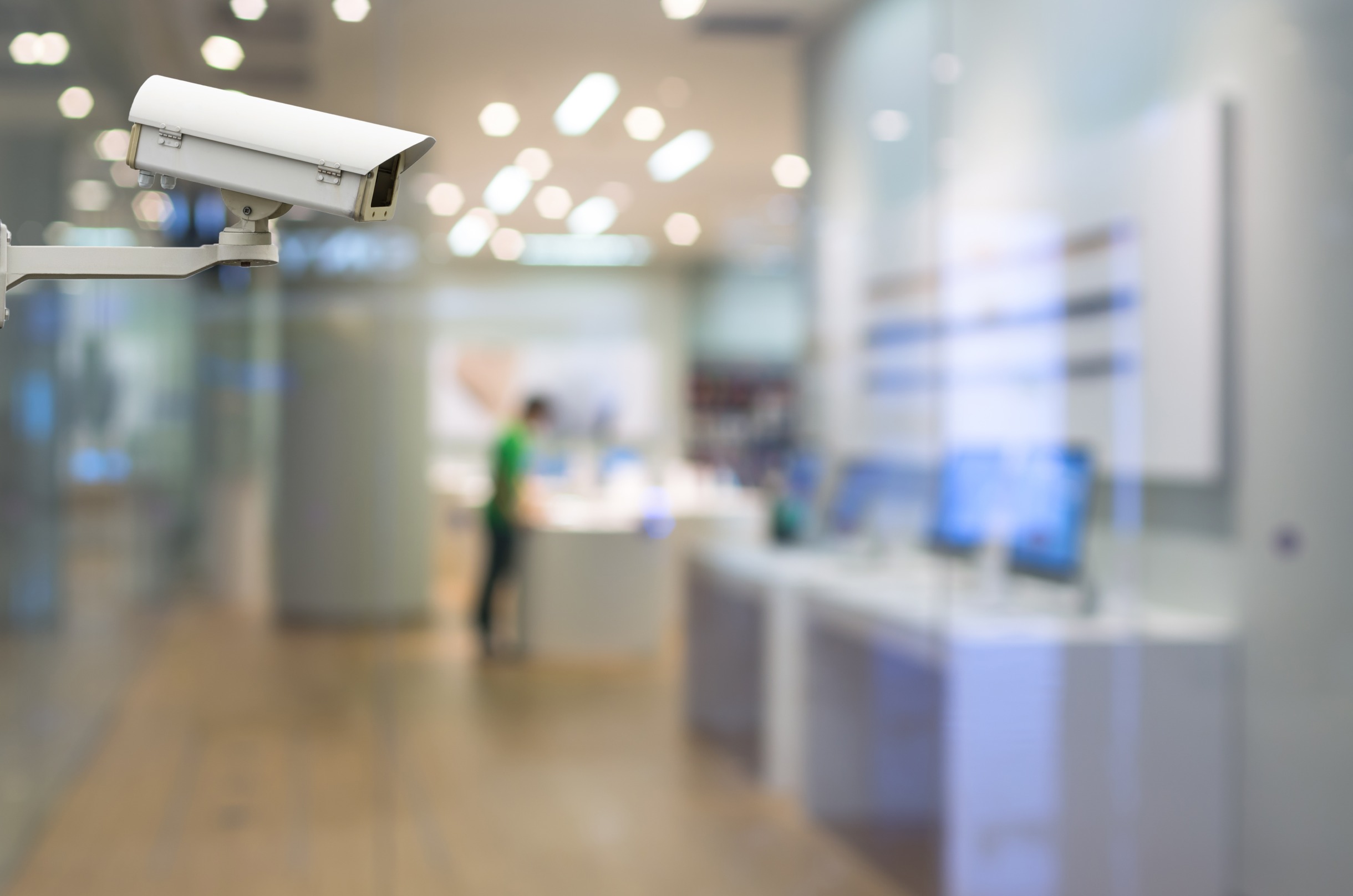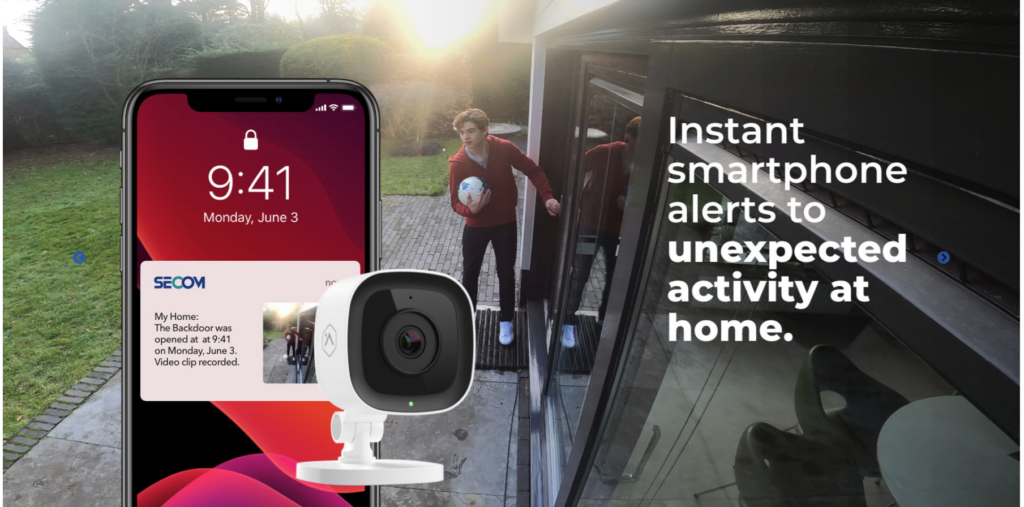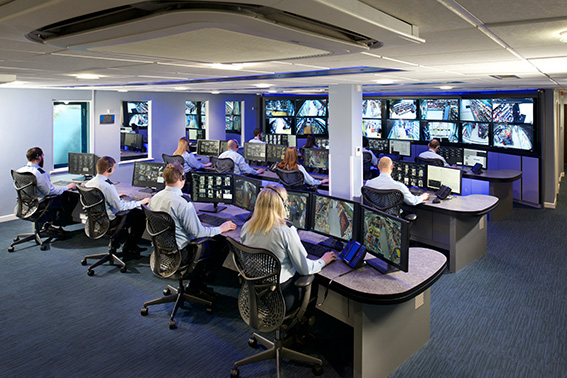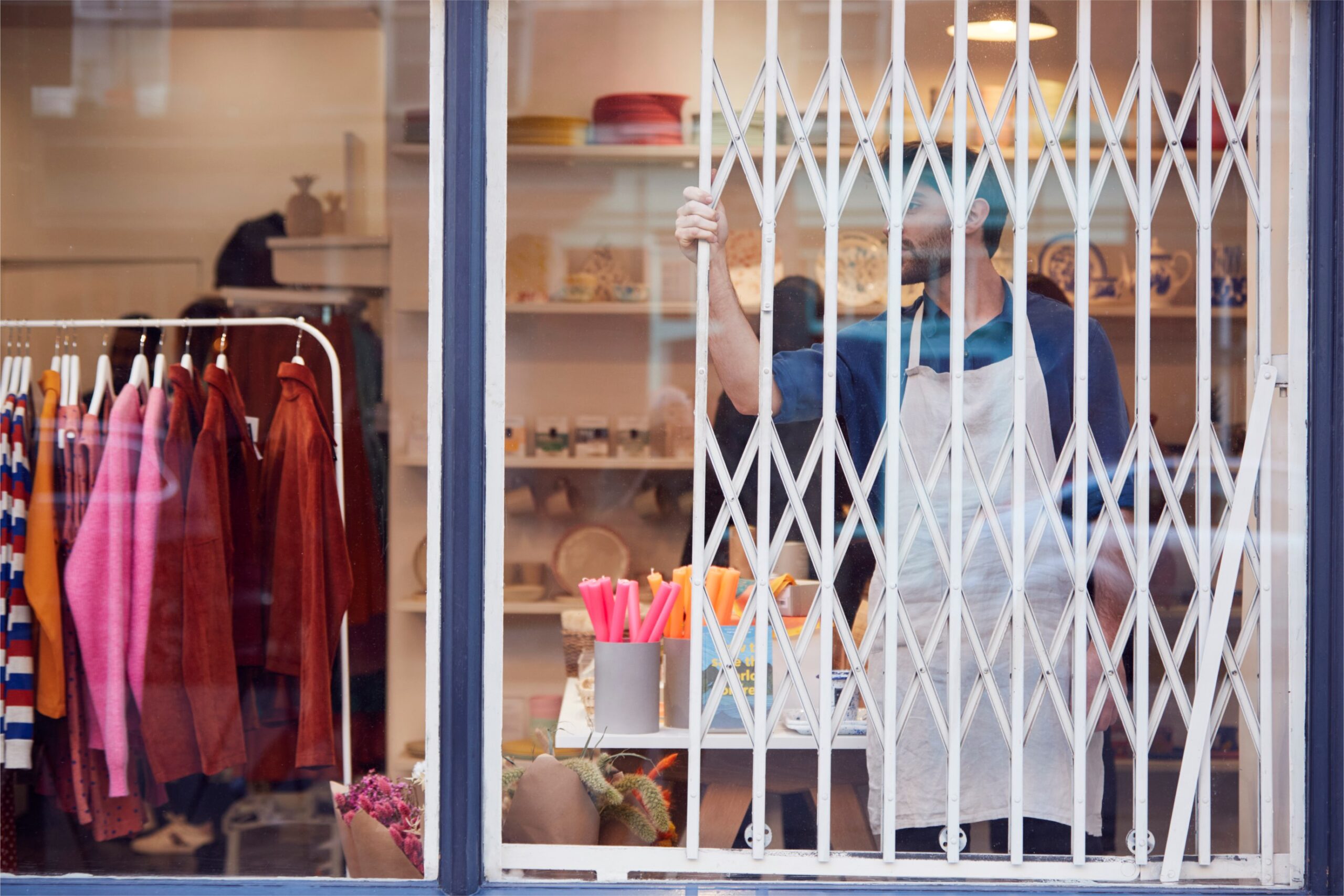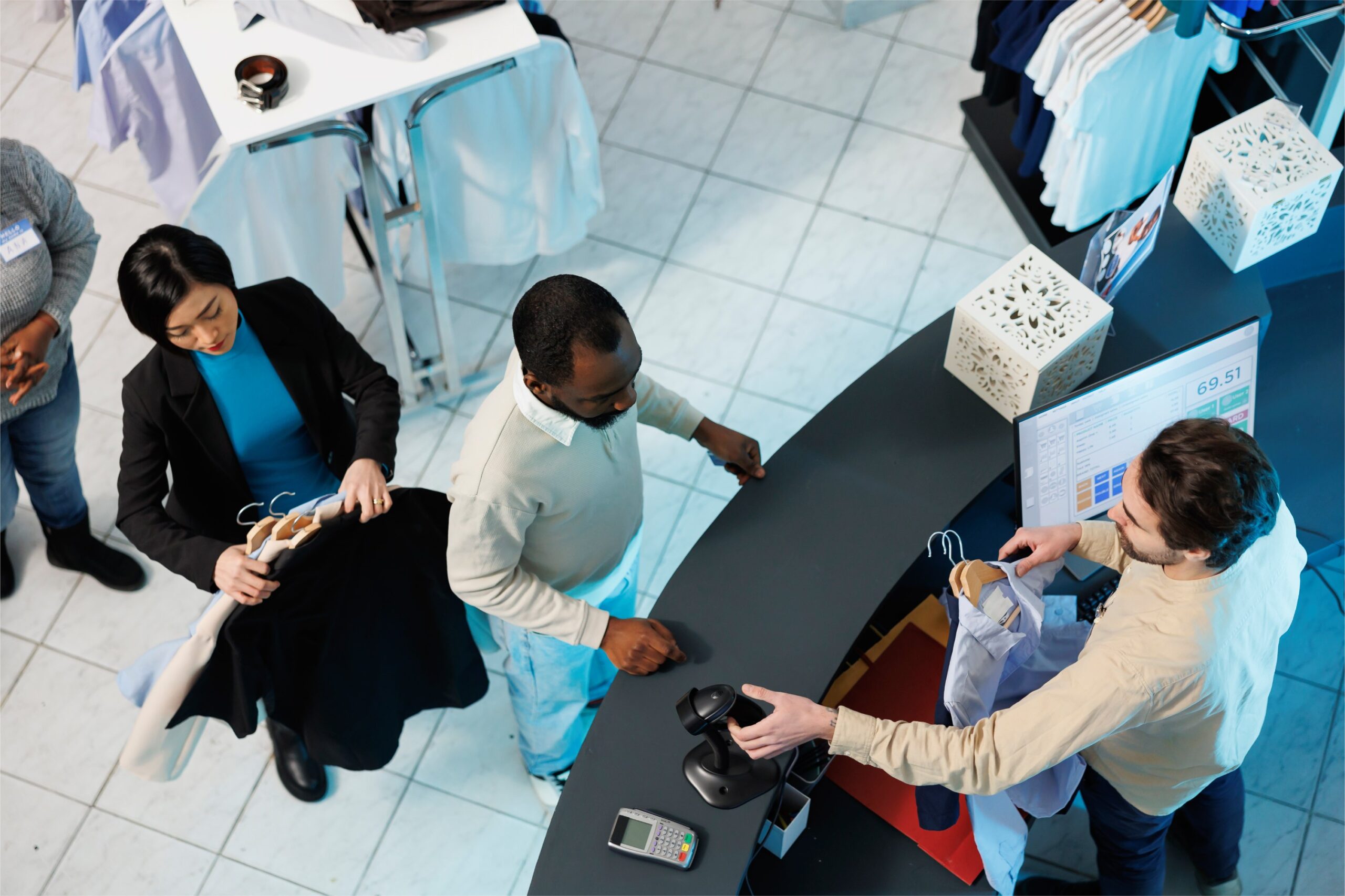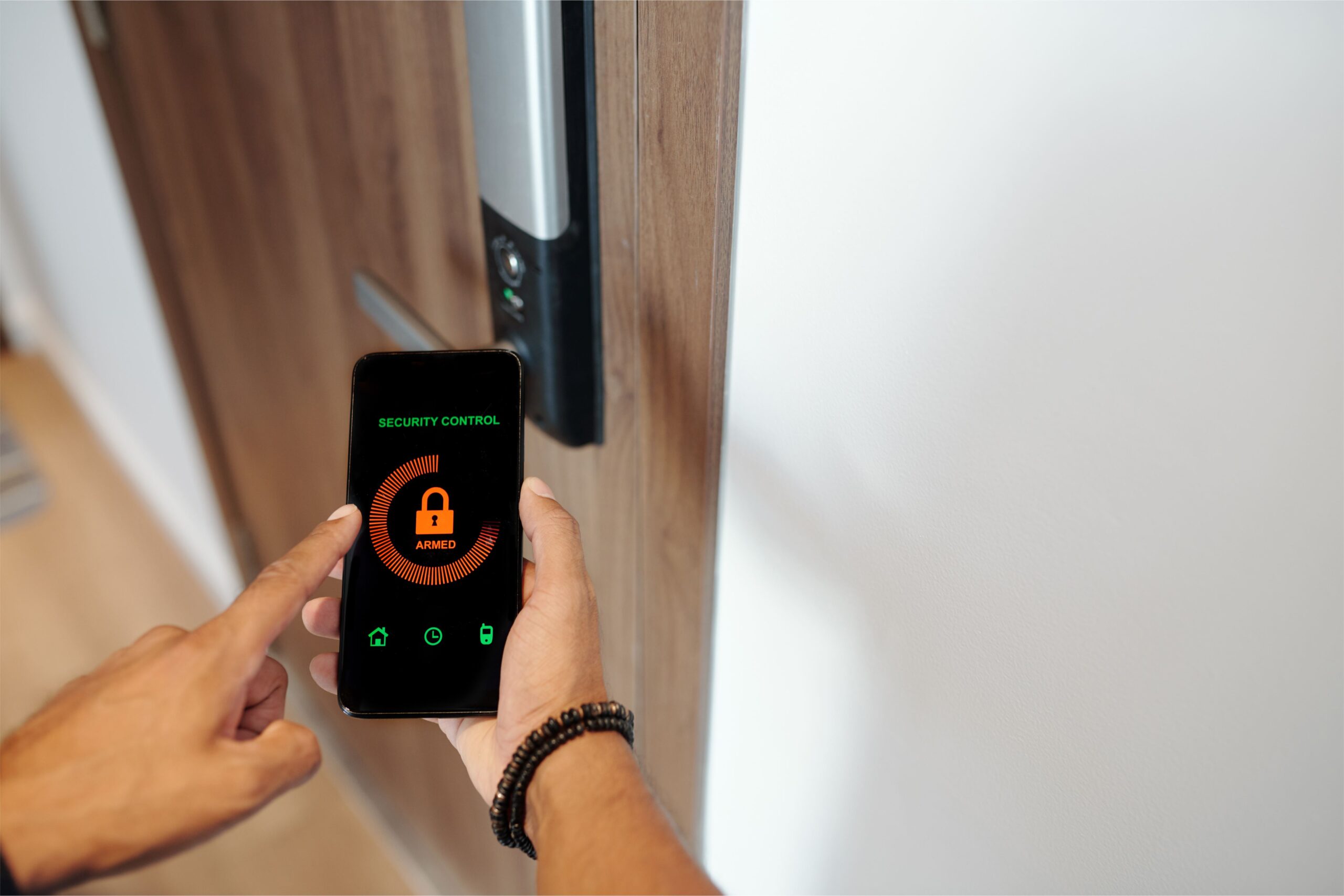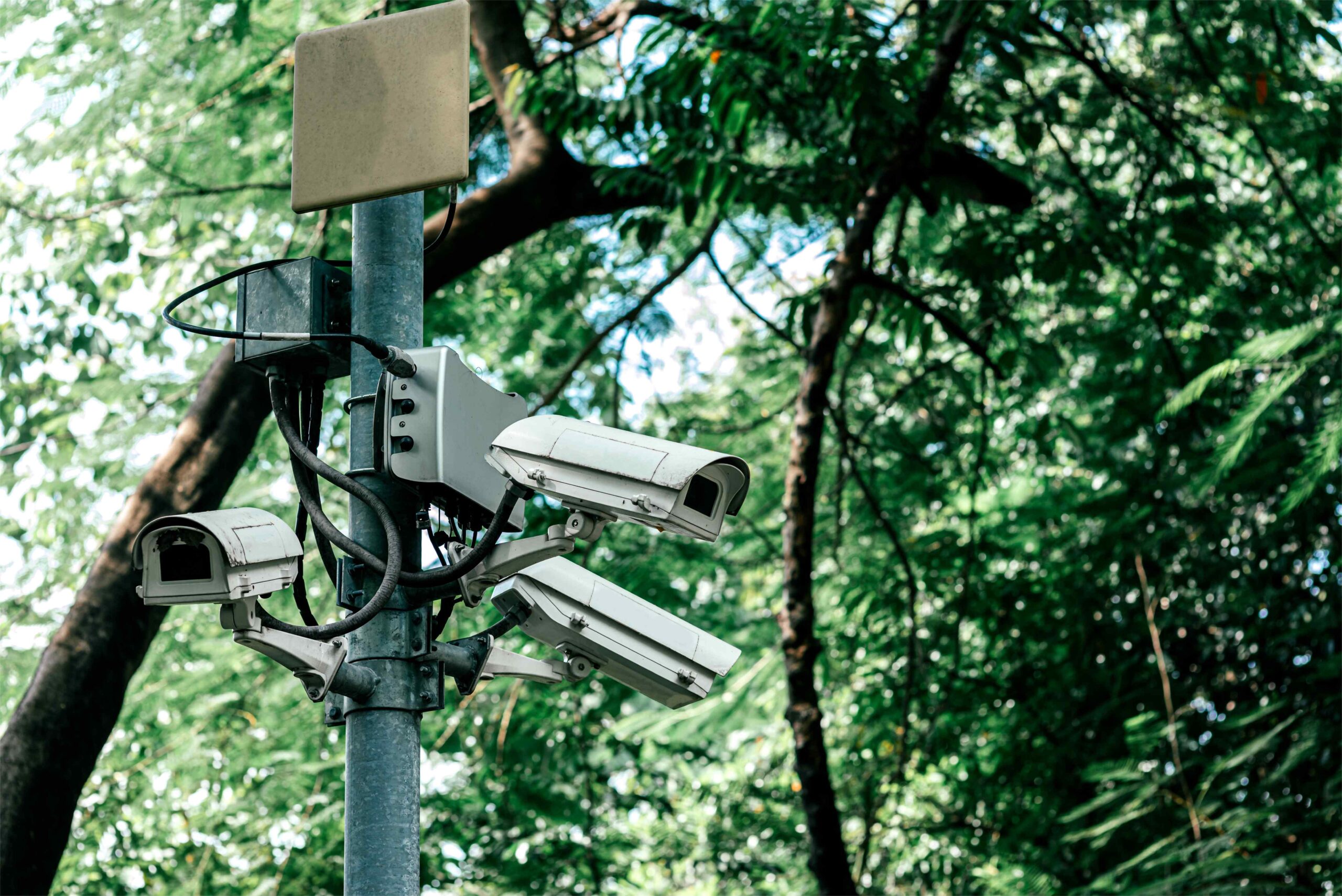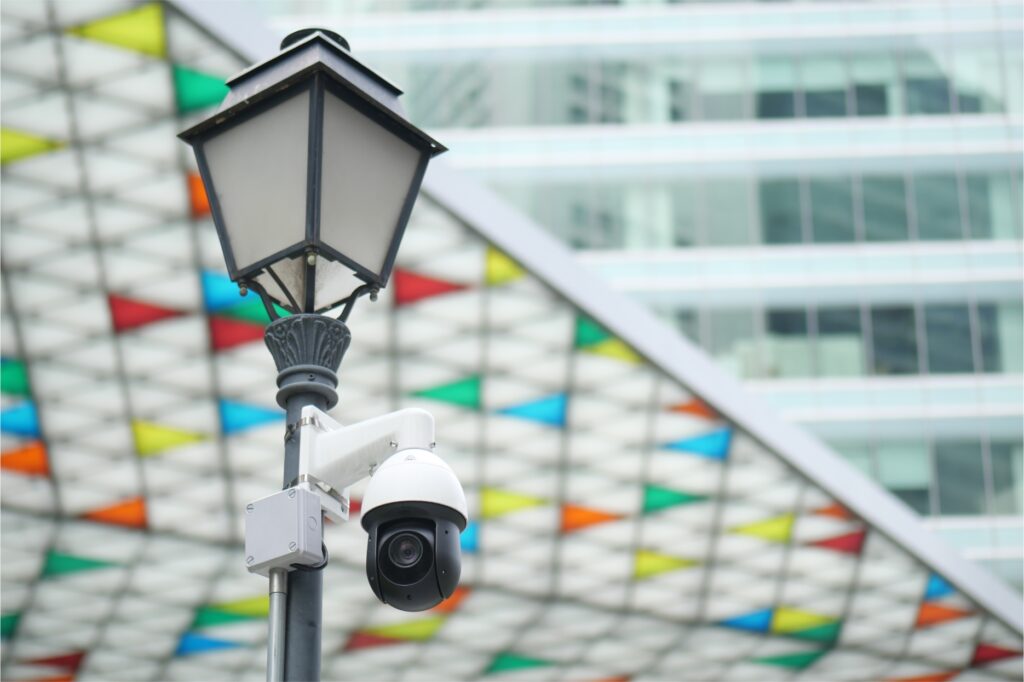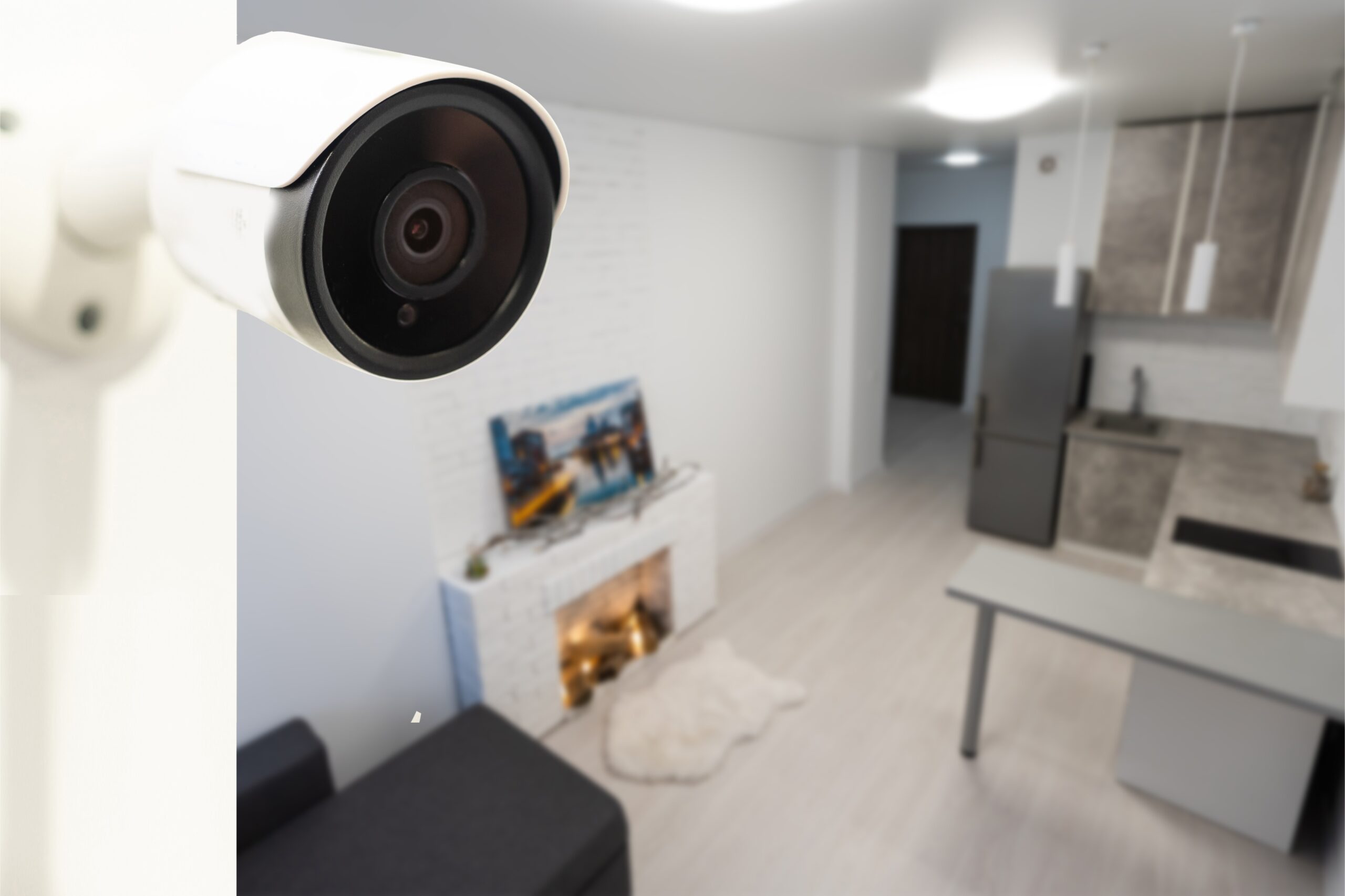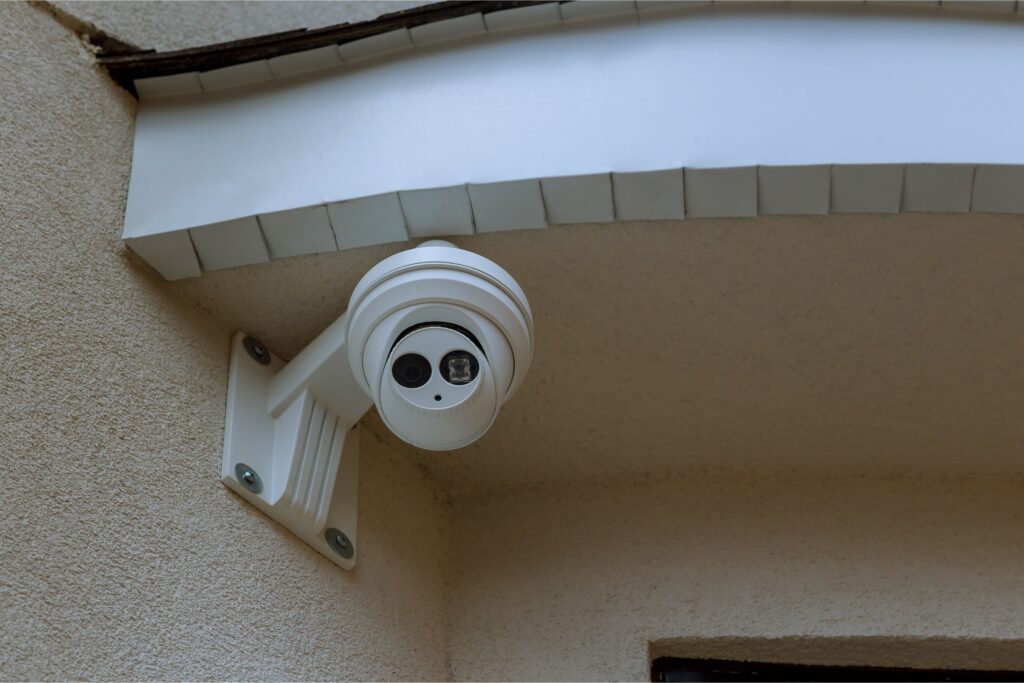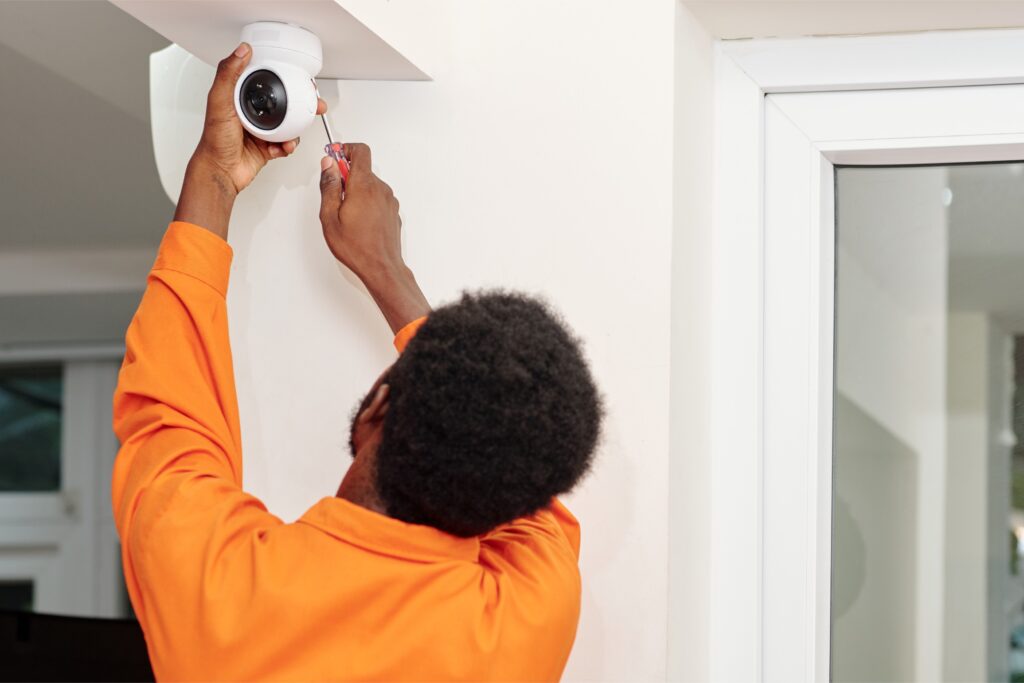Stock loss in retail is a significant concern for store owners and managers. It not only affects the bottom line but can also impact the overall customer experience. Implementing effective strategies for loss prevention in retail stores is crucial for maintaining profitability and operational efficiency.
In this blog, we will explore various methods to tackle retail loss and offer practical tips on how to prevent stock loss in your store.
Understanding stock loss
Stock loss, or shrinkage, refers to the difference between the amount of inventory a business should have and the amount it actually has on hand. This discrepancy can occur due to various reasons, including theft, damage, mismanagement, and errors in stock records.
Loss prevention in retail stores aims to address these issues and minimise their impact on the business.
Implementing robust security measures
One of the primary strategies for loss and prevention is to enhance security measures within your store. This involves a combination of physical security and surveillance systems:
- CCTV cameras: installing high-quality CCTV cameras throughout the store can act as a deterrent to potential thieves. Ensure that cameras are strategically placed to cover all critical areas, including entrances, exits, and high-value merchandise.
- Security tags and alarms: use electronic article surveillance (EAS) systems with security tags on products. These tags trigger alarms if an item is removed from the store without proper deactivation, helping to prevent theft.
- Controlled access: restrict access to stockrooms and sensitive areas to authorised personnel only. Implementing access control systems, such as key cards or biometric scanners, can reduce the risk of internal theft.
Enhancing employee training
Another crucial aspect of loss prevention in retail stores is training employees to recognise and address potential theft or inventory issues:
- Theft awareness: educate employees about common theft tactics and signs of suspicious behaviour. Training should cover both external theft (shoplifting) and internal theft (employee dishonesty).
- Inventory management: ensure staff are well-trained in inventory management practices, including accurate stock counting and record-keeping. This helps in identifying discrepancies early and reduces the likelihood of errors.
- Customer service: encourage staff to engage with customers and offer assistance. A proactive approach not only enhances customer experience but also acts as a deterrent to potential thieves.
Implementing effective inventory management
Proper inventory management is essential for reducing retail loss and ensuring accurate stock records:
- Regular stock audits: conduct periodic stock audits to compare physical inventory with recorded figures. Regular checks help identify discrepancies and allow for timely corrective actions.
- Inventory tracking systems: use advanced inventory management software to track stock levels in real-time. These systems can alert you to low stock levels, excessive stock, or irregularities that may indicate theft or mismanagement.
- Stock rotation: implement first-in, first-out (FIFO) principles to ensure that older stock is sold before newer stock. This practice helps reduce the risk of stock becoming obsolete or unsellable.
Addressing internal and external theft
Both internal and external theft pose significant risks to retail businesses. Addressing these threats involves a combination of preventive measures and active monitoring:
- Internal theft prevention: conduct background checks on potential employees and establish clear policies regarding employee conduct and integrity. Implementing a whistleblowing policy can also encourage staff to report suspicious activities.
- External theft prevention: train employees to be vigilant and recognise signs of shoplifting. Use behavioural profiling techniques to identify and monitor suspicious individuals. Additionally, keep the store layout uncluttered to minimise blind spots and improve visibility.
Leveraging technology for loss prevention
Technology plays a crucial role in modern loss prevention strategies. Consider integrating the following tools:
- Point of Sale (POS) systems: advanced POS systems with integrated loss prevention features can track sales, monitor transactions, and detect anomalies in real-time.
- Data analytics: utilise data analytics to identify patterns and trends related to stock loss. Analyse sales data, customer behaviour, and inventory records to make informed decisions and address potential issues.
- Smart shelving: employ smart shelving solutions equipped with sensors to monitor stock levels and detect unusual activity. These systems can provide valuable insights into stock movement and potential theft.
Building a resilient strategy against stock loss
Preventing stock loss in retail is a multifaceted challenge that requires a comprehensive approach. By implementing robust security measures, enhancing employee training, adopting effective inventory management practices, addressing theft, and leveraging technology, retail businesses can significantly reduce the risk of stock loss and improve their overall operational efficiency.
Proactive loss prevention in retail stores not only protects your assets but also contributes to a more secure and successful retail environment. Investing time and resources into these strategies will ultimately pay off by safeguarding your business against the financial impact of retail loss.
At SECOM, we provide the best CCTV and access control systems in the country, in use across hundreds of locations across the UK. Speak to our team to learn more about how we can help prevent stock loss in your shop.
